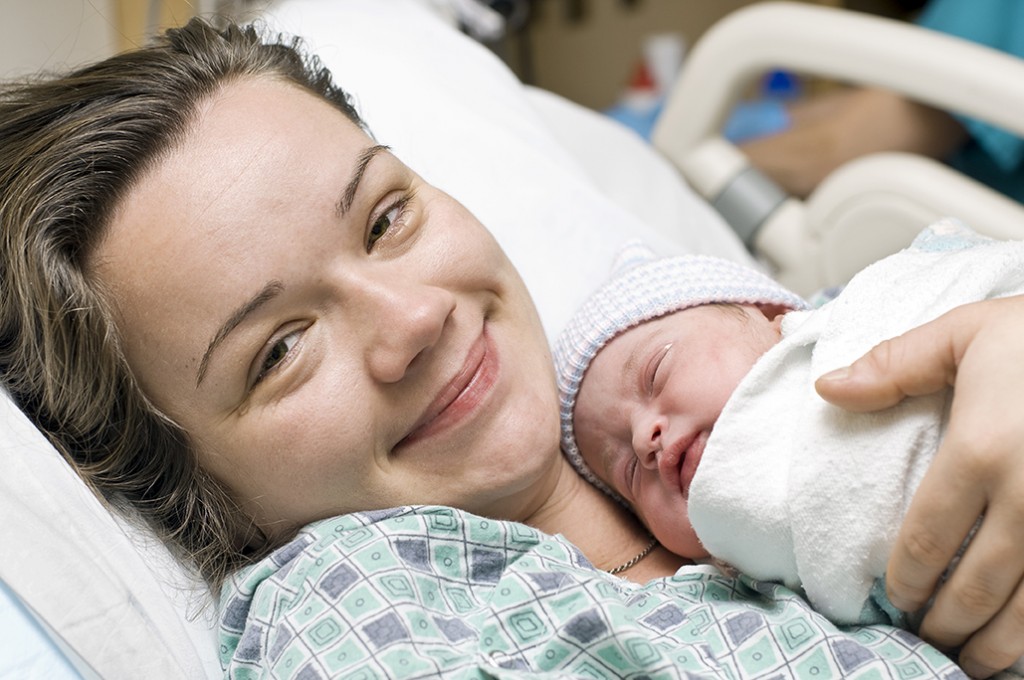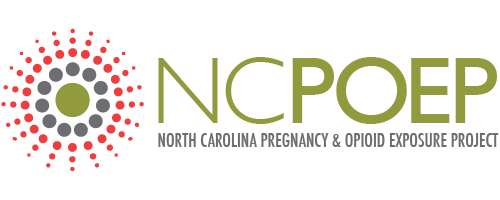Skip to content
Home » Key Messages » Women of Childbearing Age and Pregnant Women Who are Taking Opioids
 It is important to use a reliable birth control method to prevent an unintended pregnancy
It is important to use a reliable birth control method to prevent an unintended pregnancy
-
- There is an increased risk the infant will experience withdrawal from opioids, when a woman takes opioids during pregnancy. The infant withdrawal is treatable.
- If a woman who is opioid-dependent decides she wants to become pregnant, it is important she work closely with her health care provider to develop a plan of care.[3]
- There is a risk of becoming physically dependent on opioids and developing a opioid use disorder.[3]
- Women of childbearing age seeking treatment for pain may want to consider a range of options for pain management, both pharmacologic and non-pharmacologic.
- Treatment is available for women who are taking opioids illicitly, including heroin and/or prescription drugs. Available resources vary by community. Pregnant women are often considered a priority population for treatment programs, and there are several treatment programs in North Carolina specifically for pregnant women or women with young children.
- A statewide resource line for pregnant women, women of childbearing age, and providers is staffed by the NC Perinatal Substance Use Specialist: 1-800-688-4232
Key Messages for Women Who are Taking Opioids and Become Pregnant
- If a woman who takes opioids by prescription or through medication-assisted therapy decides to become pregnant, she should work with her opioid prescriber to develop a plan.[7]
- It is important for a woman who takes opioids to obtain prenatal care as early as possible in pregnancy and to discuss her opioid use with her prenatal care provider.[3]
- Suddenly stopping opioids without medical supervision may increase the risk of pregnancy complications.[3]
- It is important to seek providers with expertise in opioid use during pregnancy and to develop an individualized treatment plan to optimize outcomes for mother and baby.[7]
-
- Some women may choose, in collaboration with their health care provider, to withdraw from opioids before becoming pregnant.[3]
- Opioid-dependent women should work with a provider to have an appropriate dose of prescribed opioids before, during and after pregnancy.[3]
- Some women, working closely with a trained provider, may consider a slow, medically monitored withdrawal of prescribed opioids during pregnancy.[3]
- Because of changes to a woman’s body during pregnancy, some women in methadone or buprenorphine treatment may need to temporarily adjust the amount they are prescribed, based on the individual, to reduce onset of withdrawal or risk of relapse. Maintaining an appropriate dose of opioids to avoid withdrawal is a positive step for a healthy pregnancy.[3]
- If a woman takes opioids while pregnant, the fetus will be exposed to opioids through the mother’s blood. The newborn may experience withdrawal symptoms in the days following birth. This is called neonatal abstinence syndrome (NAS).[2]
- Neonatal abstinence syndrome is treatable with pharmacological and non-pharmacological approaches.[2]
- Signs or symptoms of neonatal abstinence syndrome in a newborn can include: tremors, poor feeding, frequent yawning, and a continuous high pitched cry.[2]
- It is likely that a baby who was exposed to opioids during pregnancy will have to remain in the hospital longer than an infant who was not exposed to opioids, from a few days up to several weeks.[2]
- Some hospitals have treatment plans to monitor for and manage neonatal abstinence syndrome (NAS). Women are encouraged to seek information from the intended birth facility, ahead of labor and delivery.[2]
- Seeking a hospital with a protocol for NAS that includes use of a standardized assessment and monitoring tool, nonpharmacologic and pharmacologic treatment for the infant is encouraged.[2]
- Larger hospitals tend to have more resources to monitor for and manage NAS.
- Women who are opioid dependent should work with their health care provider to create an individualized pain management plan for labor and postpartum care.[3]
- Nubain and Stadol should not be taken by a pregnant or laboring woman taking opioids.[3]
- Breastfeeding is encouraged for women in medication assisted treatment, unless there are medical reasons to avoid it. Reasons to avoid breastfeeding include HIV infection or specific medications for which breastfeeding are not safe.[3]
- Whenever possible, having the newborn room in with the mother while in the hospital is encouraged. Benefits include opportunity to initiate breastfeeding, bonding and decreased need for treatment of neonatal abstinence syndrome.[1]
- Self-care is important for all pregnant women. When taking prescribed opioids is the best plan for the pregnancy, other positive steps such as quitting smoking, eating healthy and having regular prenatal care visits contribute to a positive birth outcome.
[1] Abrahams, R.Kelly, A. et al. Rooming-in compared with standard care for newborns of mothers using methadone or heroin. Canada Family Physician.2007 October; 53(10): 1722-1730
[2] American Academy of Pediatrics: Neonatal Drug Withdrawal Committee on Drugs Pediatrics 1998; 101:6 1079-1088 Revised 2012.
[3] American College of Obstetricians and Gynecologists: Opioid abuse, dependence, and addiction in pregnancy. Committee Opinion No.524. Obstet Gynecol 2012; 119: 1070-6
[4] Community Care of North Carolina. Project Lazarus Toolkit: Primary Care Provider. October 2012.cited July 8, 2012. Available from: https://www.communitycarenc.org/population-management/chronic-pain-project/
[5] Dunlop A, Panjari M, O’Sullivan H, et al. Clinical Guidelines for the Use of Buprenorphine during Pregnancy. Fitzroy: Turning Point Alcohol and Drug Centre; 2003.
[6] MedlinePlus [Internet]. Bethesda (MD): National Library of Medicine (US); Neonatal Abstinence Syndrome; updated January 27, 2012; cited July 8, 2013. Available from: http://www.nlm.nih.gov/medlineplus/ency/article/007313.htm
[7] Center for Substance Abuse Treatment. Medication-Assisted Treatment for Opioid Addiction in Opioid Treatment Programs. Treatment Improvement Protocol (TIP) Series 43. DHHS Publication No. (SMA) 05-4048. Rockville, MD: Substance Abuse and Mental Health Services Administration, 2005. http://www.ncbi.nlm.nih.gov/books/NBK64164/pdf/TOC.pdf
[8] Wang, M. Rosenkrantz,T.Perinatal Drug Abuse and Neonatal Drug Withdrawal Treatment & Management. Medscape Reference. Cited July 8, 2013. Available from: http://emedicine.medscape.com/article/978492-treatment#a1131
 It is important to use a reliable birth control method to prevent an unintended pregnancy
It is important to use a reliable birth control method to prevent an unintended pregnancy


